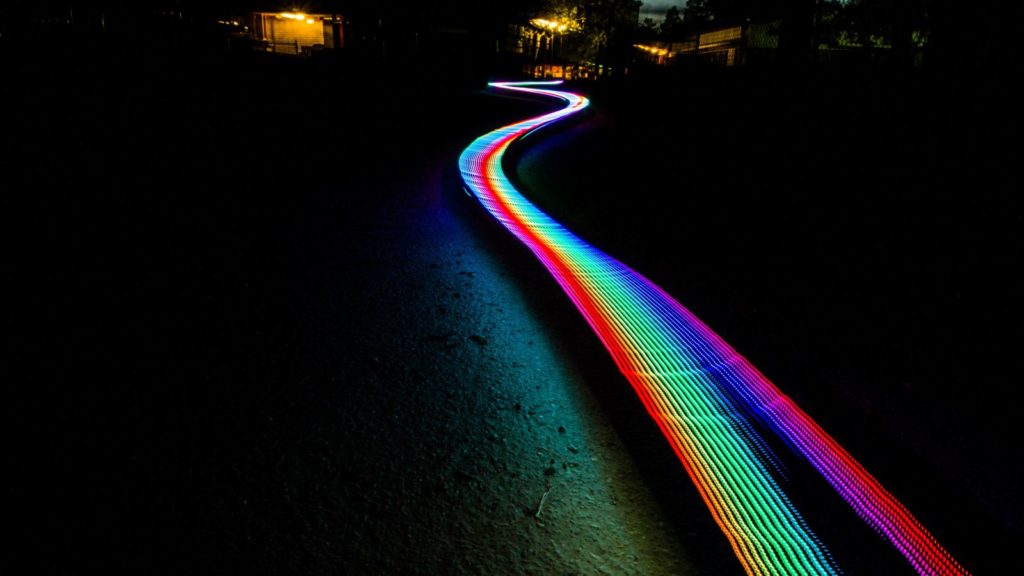An internet connection has become a basic requirement for billions of people across the world. But what happens when a wireless connection isn’t available, either because it’s unfeasible or constrained by other factors?
Researchers from the UK’s UCL and Northumbria University are turning their eyes, and data transmission hopes, to the light.
No ad to show here.
And quite literally too.
Dubbed LiFi, the successor to radiowave-based WiFi will use light produced by special LEDs that will send and receive data to and from devices.
“The LEDs we are developing are plastic, flexible devices which are cheap to make and which are already appearing in high-end mobile phones, tablets and televisions,” explained senior researcher at UCL Dr Paul Haigh.
Researchers believe that using light is a logical step, thanks to their ubiquitous nature.
“In the future almost all the lights we use in our homes and offices will be LED — they are cheaper, greener and more efficient, using up to 10 times less energy than traditional incandescent or fluorescent lights,” explained head researcher Zabih Ghassemlooy.
LiFi, the successor to radiowave-based WiFi, will use light produced by special LEDs
These little lights also need not be fastened to the ceiling, but could be used within a smartphone screen “allowing it to act as a LiFi transmitter”, noted Haigh.
And because light is less likely to be disrupted than radio waves, the team suggests that the technology can be used underwater. The tech will also be safe enough to be used within medical facilities.
“Given the increasing amount of data we are all using, it therefore makes perfect sense to develop this LiFi technology so we can use our existing lighting infrastructure to provide fast internet in the future,” added Ghassemlooy.
While it seems that the limit of UCL and Northumbria’s research includes these special LEDs, the technology is expected to be in use “in the next five to 10 years”.
Feature image: Tobias Carlsson via Unsplash
